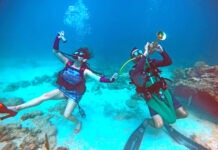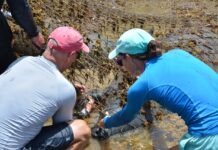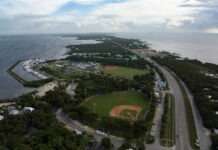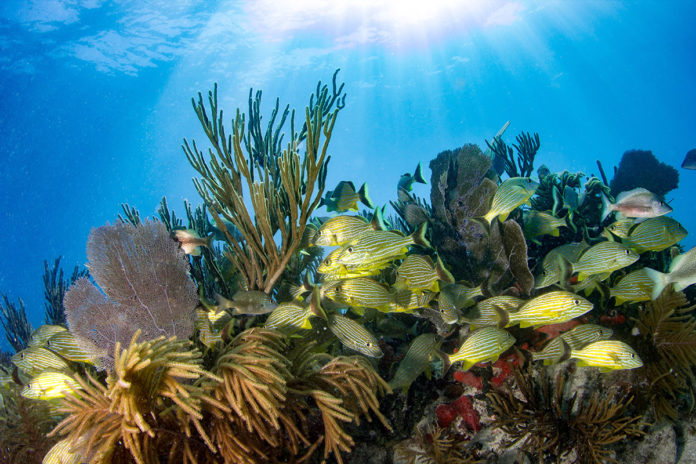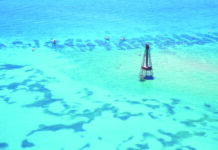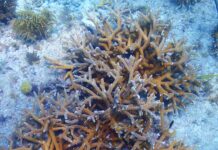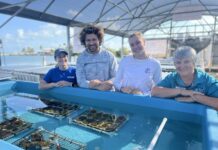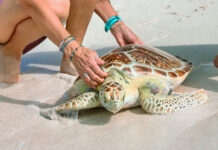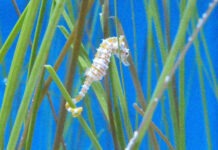March has been a windy month, and this past week was no different. As you may remember, it’s winds and not rain that determine whether we can get out there and dive or not. Despite the gusts this past week, it didn’t stop us from taking a few giant strides!
This time of year is really busy in the Keys. We call it the “season” – when tourists and visitors come to bless our island chain. You can see it anywhere you drive in the Keys and at any time. The same is true on dive boats. There are divers from all over the nation and even the world.
Nevertheless, to me, this year feels even busier than years past. I started talking with our clients and a common theme became apparent: the Keys are our nation’s “Backyard Caribbean.” People knew this before, but, due to travel restrictions the last few years, people have come to remember that the Keys aren’t just paradise, but they’re easily accessible. I mean, where else can you get a Keyribbean vibe going just a short drive south from a major city? As for diving, we can’t be beat! We have some of the most diverse ocean topography in the world: shallow reefs, deep reefs, wrecks, walls, etc. – a diver’s dream location.


Next Week’s Dive Report
The beginning of the week is going to be very windy – likely too windy to go out! It should subside a little bit by mid-week and through the weekend. On the flip side, it’s sunny and really pleasant to be out in our little island chain right now!
Conservation Update
Some people wonder how corals do in the wind. The answer is “pretty good,” as long as it’s not too crazy. First off, winds at the surface don’t always translate to turbulence below. Secondly, corals have evolved in our oceans for millions of years. So, they’re used to some waves and winds. Branching corals, like the staghorn corals that I.CARE plants, are actually adapted to break off in certain wavy conditions. This is called fragmentation, and is a method of asexual reporduction in corals. Wherever that piece, or fragment, of coral lands, it can hopefully attach and keep growing. In this way, one colony of corals can become two, three, or more.
Conservation Tip
It’s spring break time, which means more people on our islands. So we need to be extra aware of our trash. Be an advocate and educate visitors on the importance of “leaving no trace.”
I.CARE Tip
Come out to plant corals with I.CARE on Saturday with Key Dives, located at Bud ’N Mary’s Marina.


